iPhone sales drop in China's annual Singles Day sales
Figures for November 11's Singles Day in China show that sales of the iPhone dropped 4% year over year — while Huawei smartphones grew 66% in the same period.
Apple has often done well on Singles Day — also known as Double 11 because of the 11/11 date — and according to Reuters, retailer JD.com reported selling $1.39 billion of Apple products in this year's event.
The sales data plus both Apple's percentage drop and Huawei's percentage increase were reported to Reuters by Counterpoint Research. Percentage comparisons are not especially useful without the full figures and JD.com did not break down its figures into even what were iPhones or other Apple devices.
Plus China's other main retailers have ceased reporting Singles Day sales figures, so it's not possible to compare this year and previous ones.
However, as well as Apple's iPhone having a 4% drop and Huawei seeing a 66% increase, Xiaomi also grew 28% year over year. So Chinese brands are at the very least ascending in the country, and it appears their sales are taking market share from Apple.
Xiaomi has reported that it sold $3.14 billion of what it described to Reuters as cumulative gross merchandise value. Neither Huawei nor Apple have commented.
Separately, Counterpoint Research has also reported that the iPhone 15 has helped global smartphone sales break their 27-month series of declines.
 William Gallagher
William Gallagher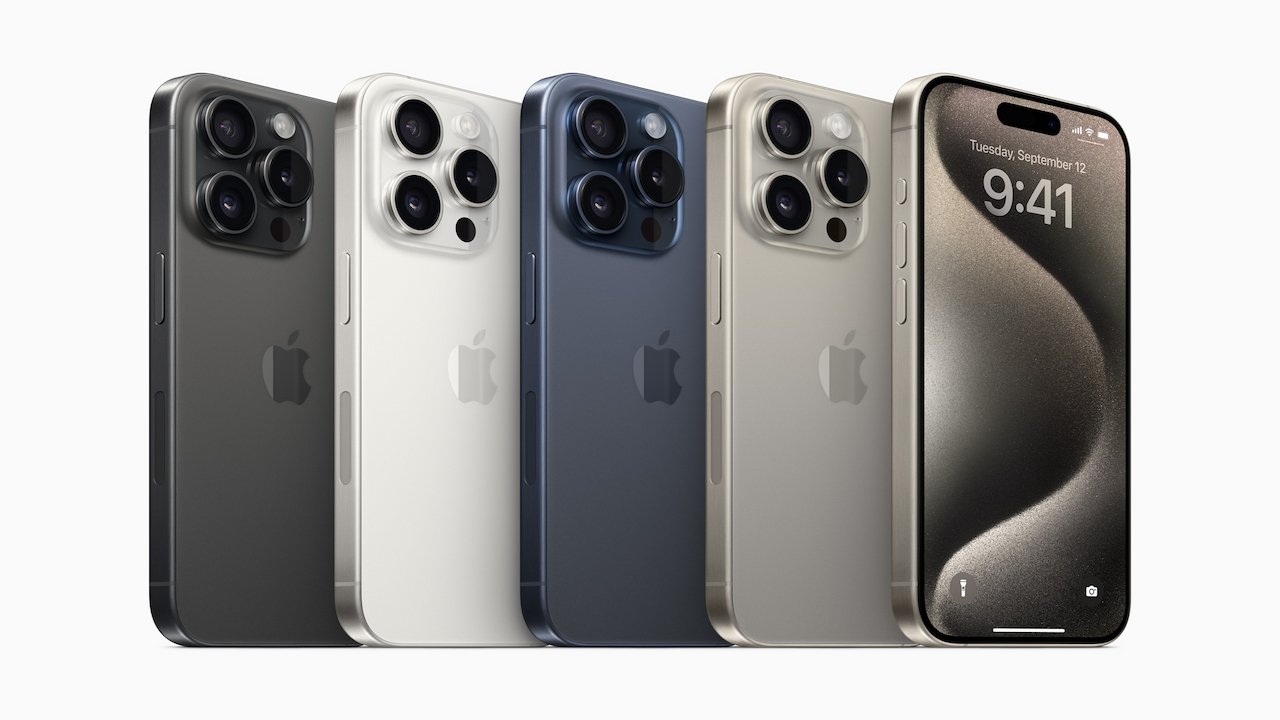

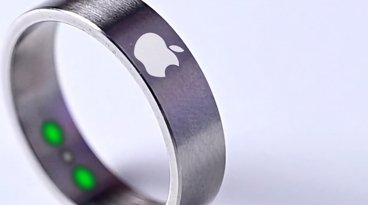


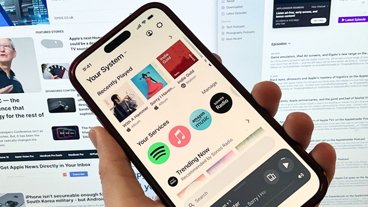
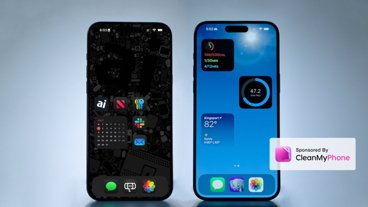


 Amber Neely
Amber Neely
 Thomas Sibilly
Thomas Sibilly
 AppleInsider Staff
AppleInsider Staff
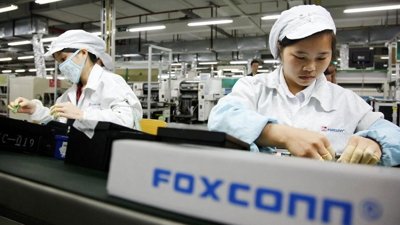
 Malcolm Owen
Malcolm Owen
 Christine McKee
Christine McKee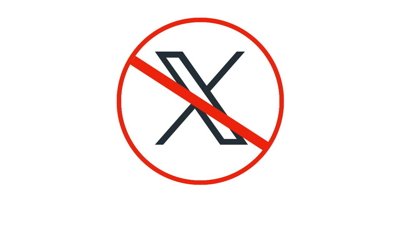
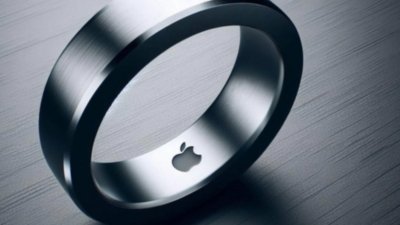



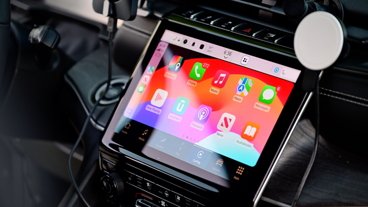
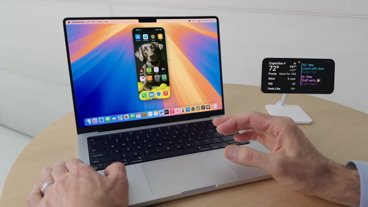




14 Comments
So this wasn’t an “iPhone” sales decrease, but rather a decrease throughout all products? Was this also true for the other companies listed, and what was the increase from? For example, if 66% is an increase from $1000, the number doesn’t seem as exciting. Also, what did these increases cost? If they slashed prices by 50%, they need 2x or more extra volume to maintain profit levels. Reports like this are garbage because they only focus on a small less important part of the story.
Apple is doomed again?......